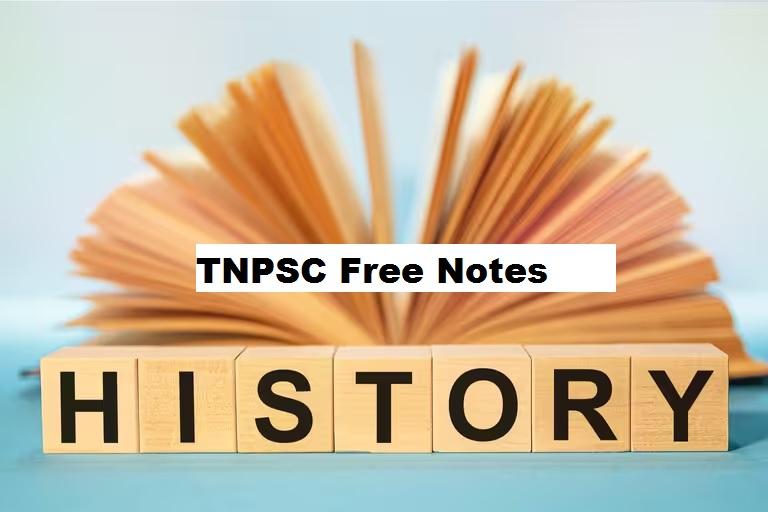இந்தக் கட்டுரையில், TNPSC குரூப் 1, குரூப் 2, குரூப் 2A, குரூப் 4 மாநிலப் போட்டித் தேர்வுகளான TNUSRB, TRB, TET, TNEB போன்றவற்றுக்கான முறைகள் இலவசக் குறிப்புகளைப் பெறுவீர்கள்.தேர்வுக்கு தயாராவோர் இங்குள்ள பாடக்குறிப்புகளை படித்து பயன்பெற வாழ்த்துகிறோம்.
Cultural Florescence
Art and Architecture
By evolving the Nagara and the Dravida styles, the Gupta art ushers in a formative and creative
age in the history of Indian architecture
Rock-cut and Structural Temples
The rock-cut caves continue the old forms to a great extent but possess striking novelty
by bringing about extensive changes in the ornamentation of the facade and in the
designs of the pillars in the interior.
The most notable groups of the rock-cut caves are found at Ajanta and Ellora
(Maharashtra) and Bagh (Madhya Pradesh), Udayagiri caves (Odisha).
The structural temples have the following attributes:
Flat-roofed square temples;
Flat-roofed square temple with a vimana (second storey);
Square temple with a curvilinear tower (shikara) above;
Rectangular temple
Circular temple.
The second group of temples shows many of the characteristic features of the Dravida
style.
The importance of the third group lies in the innovation of a shikhara that caps the
sanctum sanctorum, the main feature of the Nagara style.
Stupas:
The best are found at Samat (Uttar Pradesh), Ratnagiri (Odisha) and Mirpur Khas (Sind).
Sculpture:
Stone Sculpture:
A good specimen of stone sculpture is the well-known erect Buddha from Sarnath.
Of the puranic images, perhaps the most impressive is the great Boar (Varaha) at the
entrance of a cave at Udayagiri.
Metal statues:
Two remarkable examples of Gupta metal sculpture are
A copper image of the Buddha about eighteen feet high at Nalanda in Bihar
The Sultanganj Buddha of seven-and-a-half feet in height.
Painting:
The mural paintings of this period are found at Ajanta, Bagh, Badami and other places.
The mural paintings of Ajanta are not true frescoes, for frescoes is painted while the
plaster is still damp and the murals of Ajanta were made after it had set.
The art of Ajanta and Bagh shows the Madhyadesa School of painting at its best.
Terracotta and Pottery:
Clay figurines were used both for religious and secular purposes.
We have figurines of Vishnu, Karttikeya, Durga, Naga and other gods and goddesses.
Gupta pottery remains found at Ahchichhatra, Rajgarh, Hastinapur and Bashar afford
proof of excellence of pottery.
The most distinctive class of pottery of this period is the “red ware”.
**************************************************************************
| Adda247 TamilNadu Home page | Click here |
| Official Website=Adda247 | Click here |




